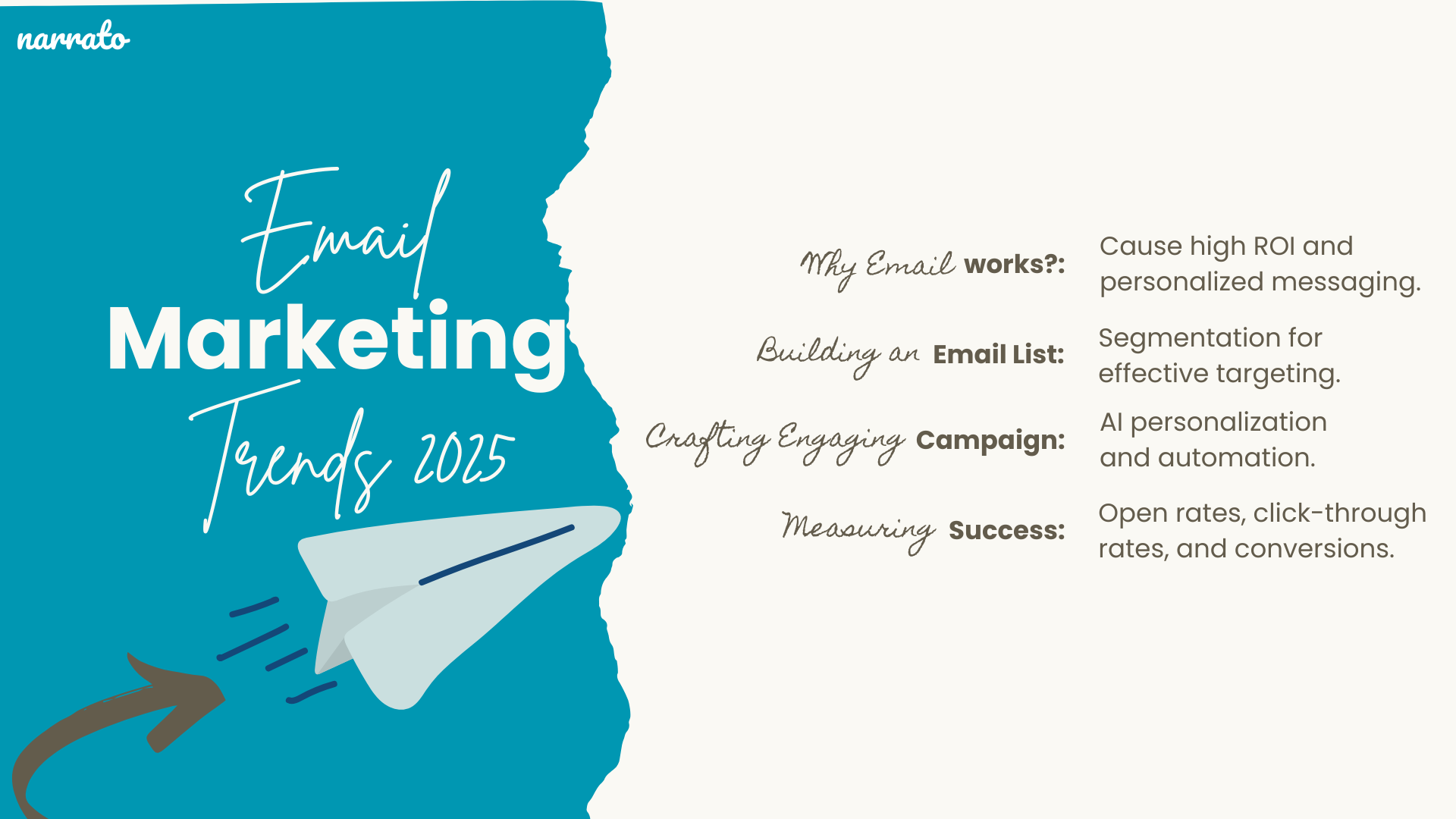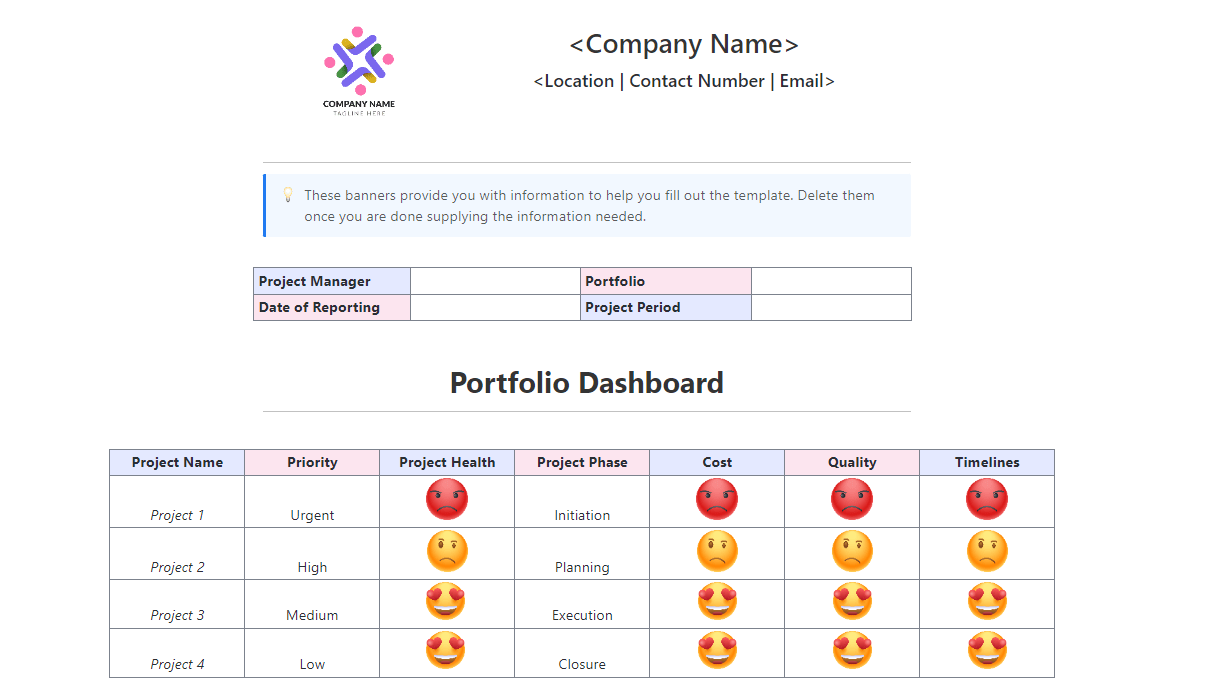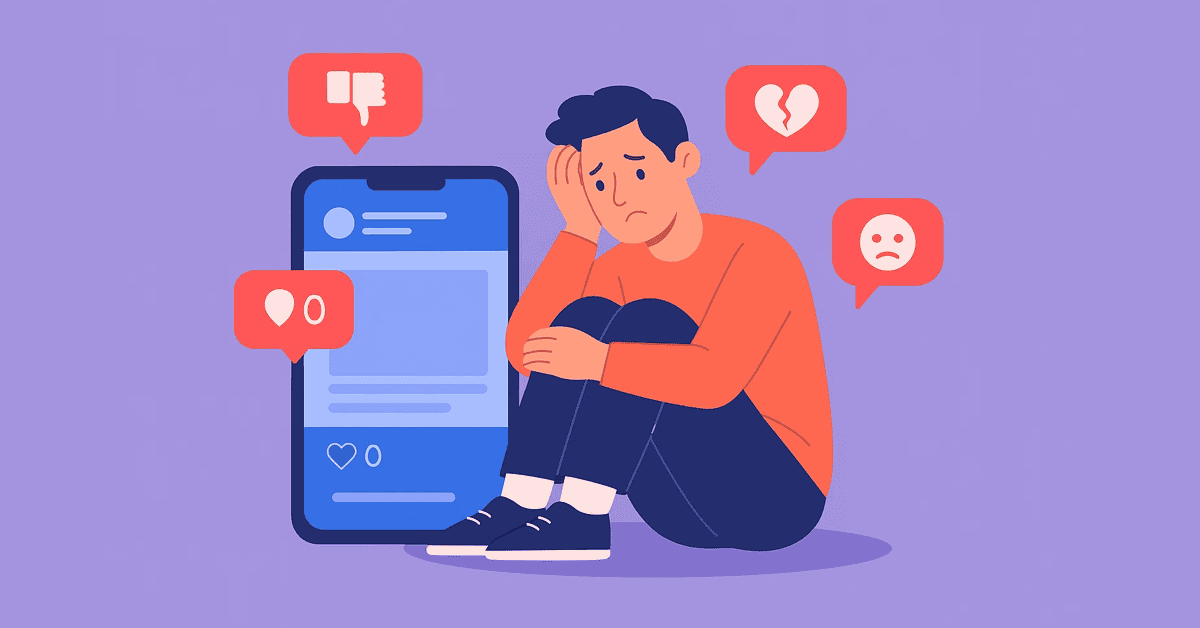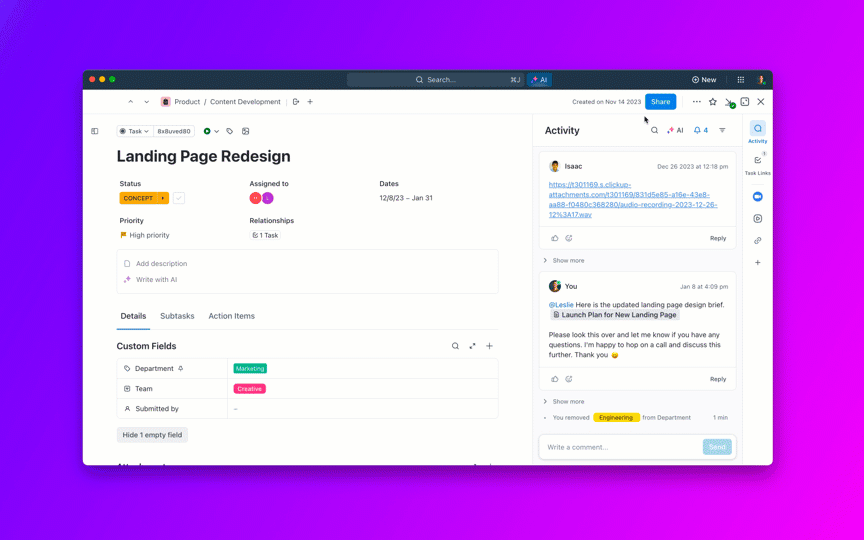With consumer privacy tightening and personalization becoming table stakes, last year’s winning strategy might not continue its winning streak. Here’s what’s changing in email marketing and how to stay ahead.
#1: Can’t Track User Behavior Online Like Before
#2: Email Personalization Using AI
#3: Testing New Email Designs

#1: Can’t track user behavior online like before
Google, since 2020, has been saying they would phase out third-party cookies on Chrome, following in the footsteps of Firefox, Edge, and Safari. And while it’s now clear that third-party cookies will stay, advertisers that use audience and user data tracking in Google Ads and Google Analytics will need to collect user consent before tracking personalized data. So, there’s every chance of a data loss, which other data collection tactics must compensate for.
What does it mean for email marketing?
Tracking user behavior online through third-party cookies has become a marketing tradition to learn about user interest, habit, and intent. Without cookies, behavioral data will become less accessible or vanish, affecting email personalization, retargeting, and prospecting.
What can you do?
Keep your data strategy effective by collecting zero-party data (collected directly from customers) and first-party data (collected from first-party channels like your website, app, or sales team). Identify the zero-party data you don’t already have and collect it through email:
- Create opt-in forms with contextual requests. (E.g., For back-in-stock emails, “What price range would you like to be notified for?”)
- Embed polls in email or send users to a landing page
- Expand your email preference center options by collecting more user data, such as their interests, channel preferences, and additional profile information such as job title, retail sizing, purchasing timeline (for B2B).
#2: Email personalization using AI
A number of tactics can work well to improve email campaigns, but the time and effort it takes to put them in place must be weighed against the results they help produce. Email personalization is a highly recommended one online and gathering steam in 2025 as AI tools make their way into marketers’ toolkits.
What can you do?
With automated segmentation and now — AI marketing platforms — creating multiple targeted emails for multiple cohorts is doable and efficient. Still, is it worth the time and effort? Yes, if your email variations reach a large enough audience and there’s solid data or reasoning to suggest that targeted messaging will drive meaningful responses.
If you do marketing at an enterprise or mid-level company, Typeface, a generative AI marketing platform for companies with a vast audience base, can help. Typeface’s AI is multi-modal, which means it can work with text, images, and video, and create new content in all these formats. It has AI agents specializing in email, video, ads, and more.
Email personalization using email agent:
- Email Agent generates multiple audience-personalized variations of your email using data from your customer data platform (CDP) or customer relationship management system (CRM).
- You can train the AI on your brand voice and visual style to keep your touch across inbox experiences.
- Rapidly creating lots of good content, Email Agent is useful for A/B testing campaigns
Typeface is ideal for personalization at scale. It’s ideal if you want to customize email, ads, and social posts to diverse segments across multiple touchpoints.
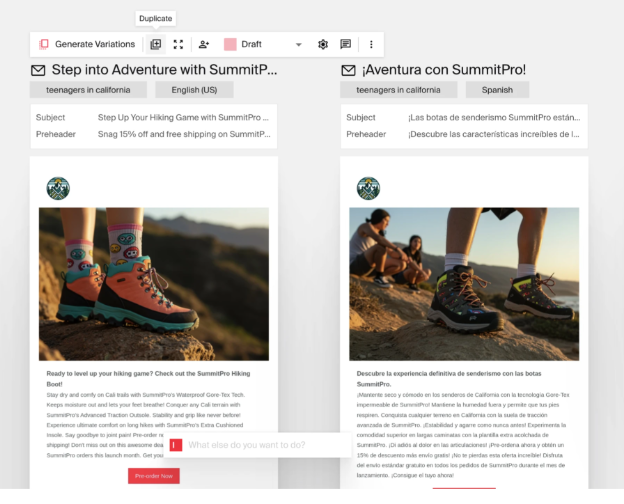

Narrato for email
Narrato offers AI templates for different types of marketing content. Email templates cover a number of use cases, from cold outreach and promotional emails to newsletters and event promotions. For testing and variations, you can use the subject line template. If you’ve a rough outline of the email body, use the relevant template to generate engaging copy. Or you can simply generate entire email sequences in one go.
Every AI email template offers the option to personalize messaging to the target audience. To make each email sound like you, train the AI in your brand voice and apply it during generations. Alternatively, you can specify a tone (from a long list of options) during AI generations.
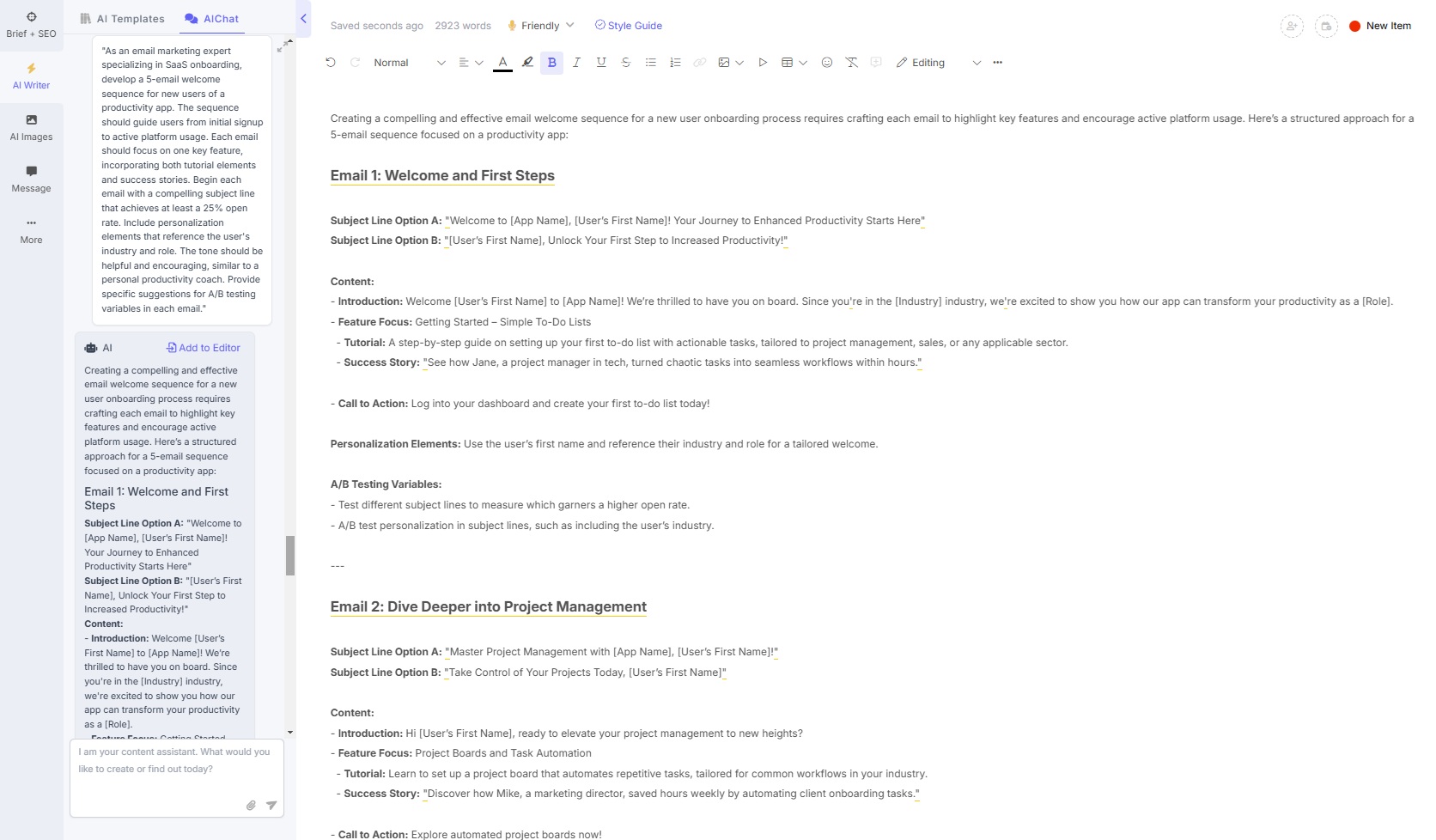

#3: Testing new email designs
Creativity in email design can make messages and brands stick. It’s worth a shot regardless of whether you’re a B2C or B2B company. These are the email design trends to explore in 2025:
- Minimalism, with a focus on image: Uses a single strong visual and minimal text to deliver a clear, impactful message. Compare minimalist with content-heavy layouts to see which perform better.
- Gamification: Quizzes, digital treasure hunts, scratch cards, and mystery box reveals, when well-conceptualized, can boost engagement. They’re best suited for Christmas, Black Friday, or New Year campaigns.
- Strong visual hierarchy: Arranging elements that guide viewers’ attention in order of importance is a way to ensure they see the most important information first even if they skim. Ensure users can grasp the main message in 3–5 seconds.
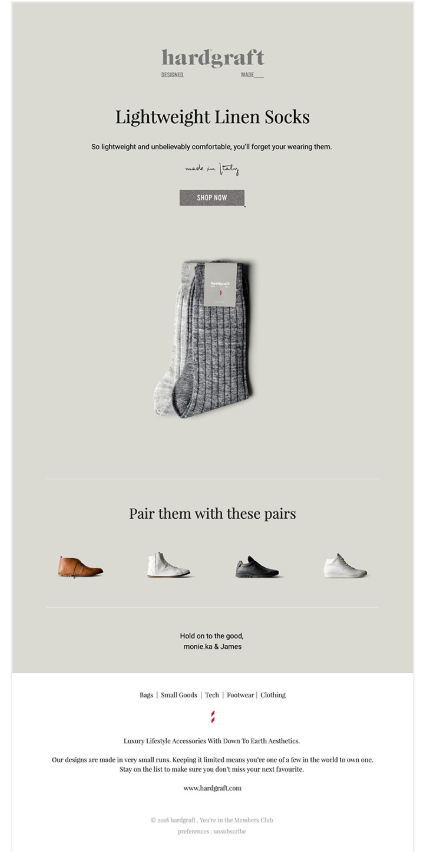
Source: Email Love
Implementation tips
- Start with a clear hypothesis before testing any element (e.g., “A longer subject line will increase open rates”), and make sure it’s specific and measurable to track success.
- Know your audience first. Understand what inspires them, whether it’s facts, bold headlines, visuals, or plain text, and design your email accordingly.
- Use an AI image generator for a fast, low-tech way to create and edit images that match your brand’s look and feel.
Get more out of your email marketing in 2025
On the one hand, marketing automation has come a long way, and email content is increasingly becoming AI-ified. On the other, brands are flexing their creative muscles, driving email marketing trends, which are worth exploring since the strategies have worked and earned attention in the marketing world.
Human creativity and automated email campaigns can co-exist. AI is best for scaling brand-created emails, across audiences, products, and languages. If your business relies heavily on email, expanding testing using AI email generations can help increase open rates.
Interested in AI for email? Try Narrato, which is helping brands get their marketing strategies off the ground. Give it a shot on a free trial.



